Young Italian Woman at a Table (Jeune Italienne Accoudée) 1900
by Paul Cézanne
Oil on canvas
[br]Unframed: 92.1 x 73.5 cm
Framed [outer dim]: 119.4 x 101 x 5.4 cm
The J. Paul Getty Museum
Description:
Leaning on a fabric-covered table and resting her head in her hand, this young woman looks out with an enigmatic expression. Since the Renaissance, artists have used this pose to portray melancholy. The pose, combined with her hauntingly unreada...
- Credit:
- Courtesy of The Getty
More from this artist...
Loading...
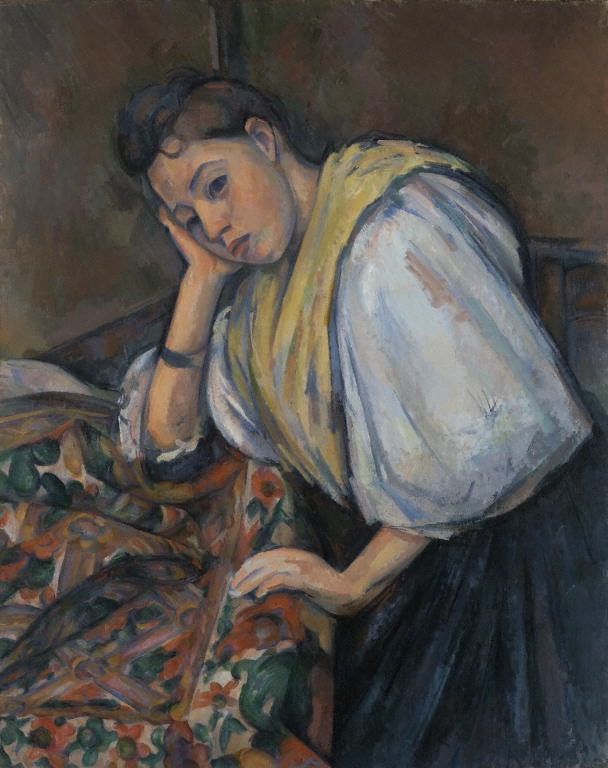

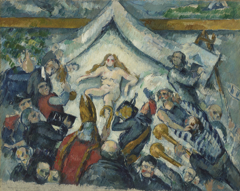

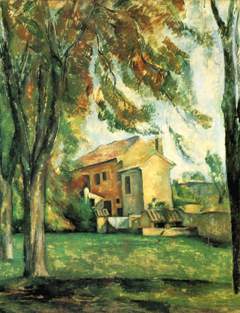
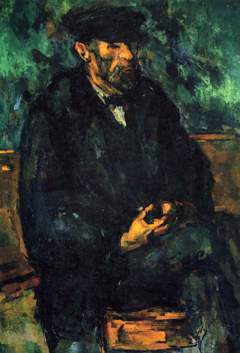
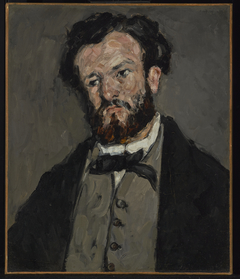


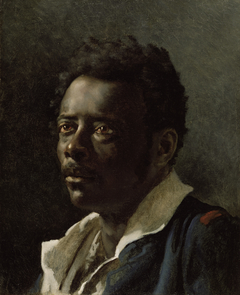


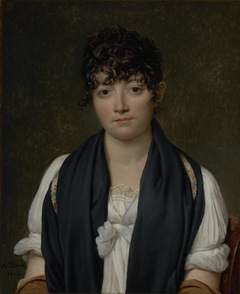
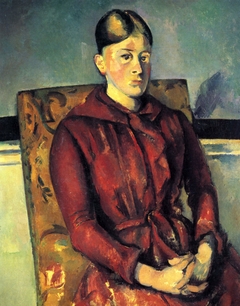
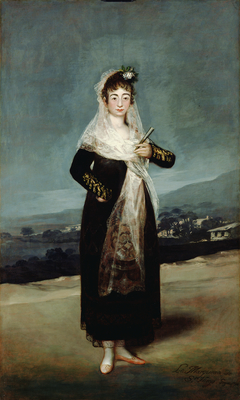
![Melancholy Italian Woman (Rome) (Italienne mélancolique [Rome]) by Jean-Baptiste-Camille Corot](https://useumcache4-d8c4bqgxcxcdd4b9.a01.azurefd.net/images-5/melancholy-italian-woman-rome-italienne-melancolique-rome-jean-baptiste-camille-corot-03face1f.jpg)
Discussion